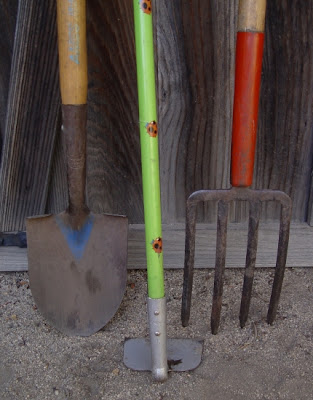For those new to school gardens now is the time to find a proper location. You’ll want a spot that is level, with at least six hours of sun exposure, and good drainage. If the desired location is facing south, all the better. Make sure there is a usable water source nearby. If no ground is available containers will do nicely, the bigger the better.
For those with existing gardens, begin clearing your beds pulling all dried matter and weeds leaving nothing but dirt. However, before you get started, look around and see what is left from the summer. Dried corn tassels make a wonderful fall arrangement. Dried pole beans left on the vine can be collected for next season. Dried flower heads such as sunflowers, cosmos and marigolds can also be saved for seed.
If you are already equipped for composting add the cleared matter to your compost pile. If not acquainted with composting now would be a good time to introduce yourself. Compost is nature’s way of recycling itself. Plants that have expired are put into a pile with other organic matter. By keeping the pile wet and aerated the pile decomposes forming compost, which is then added back to our existing beds to enrich the soil.
For more information see Composting page at Wikipedia , the Compost Guide from compostguide.com, and the “Guide to Home Composting” from the Los Angeles Department of Public Works in either English or Spanish.
Tools and Tool Safety are always addressed at the outset. Both are essential to a successful garden. Basic rules are as follows: 1) No running with tools; 2) Do not carry or swing tools on your back; 3) Do not bring hands tools over your shoulder; 4) Walk with the tool by your side, blade down; 5) Return all tools to their proper place immediately after use. Do not leave tools in the garden; 6) Anyone not following these rules does not get to work in the garden.
Essential tools are: Garden Fork for turning soil and compost, Shovel for transplanting, Dirt Rake for leveling the soil, removing root clumps and large pebbles, Garden Hoe for removing weeds, Hand-shovels (also called trowels) for digging small holes, Hand-cultivators for weeding and aerating soil, and Pruners for cutting large stems. Miscellaneous tools include: scissors, string, gloves, rulers, tape measure, row ends and plastic bags to distribute the bounty.

